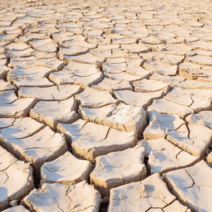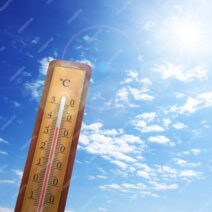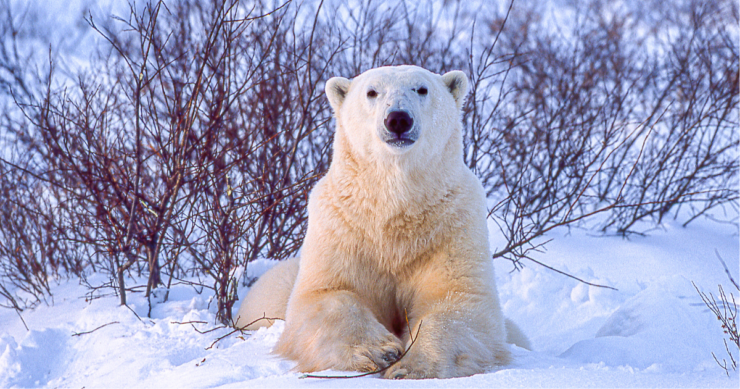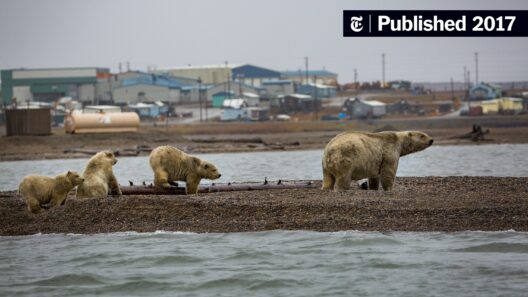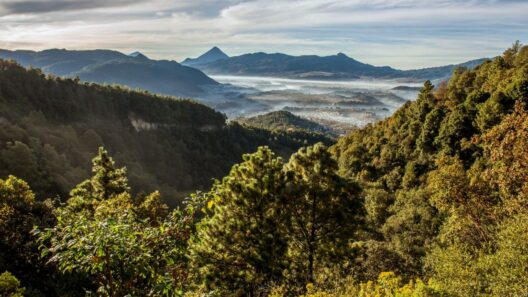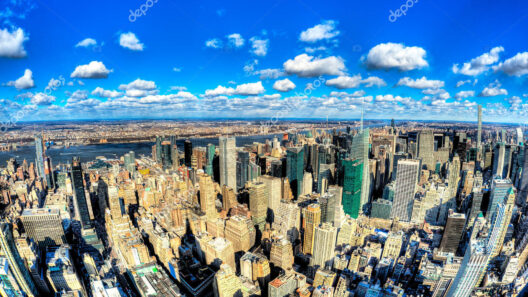As humanity grapples with the multifaceted consequences of climate change, one of the most poignant aspects to address is the plight of wildlife. When examining which animals are most affected by climate change, it is imperative to delve into the specifics of their experiences, the ecosystems they inhabit, and the dire ramifications that await them. All around the globe, species are suffering the effects of a rapidly warming planet, and their struggles reflect a broader narrative about our shared environment.
In the polar regions, the iconic polar bear serves as a harrowing emblem of climate change’s toll on animal life. These apex predators rely on sea ice for hunting seals, their primary source of food. However, as global temperatures rise, the ice in the Arctic shrinks, leading to longer fasting periods for polar bears. These majestic animals face starvation, and the diminishing sea ice blocks them from their natural hunting grounds. The decline of polar bear populations underscores a cascading effect on the Arctic ecosystem, disrupting the balance and endangering other species reliant on similar habitats.
Similarly, the plight of walruses cannot be overlooked. These large marine mammals use sea ice as a platform for resting, breeding, and protection from predators. As ice diminishes, walruses are forced to haul out on land, leading to overcrowding and increased mortality rates, particularly among calves. The loss of their natural habitat due to climate change is a tragic indicator of the intricate interdependencies that characterize marine ecosystems.
Moving from the Arctic to temperate zones, the plight of amphibians sheds light on subtler, yet equally alarming, consequences of climatic shifts. Frogs, toads, and salamanders are experiencing significant declines worldwide due to altered precipitation patterns and increasing temperatures. Amphibians are particularly sensitive to environmental changes; they often inhabit both terrestrial and aquatic ecosystems. As their breeding pools dry up or their habitats become inhospitable, the survival of these sensitive creatures hangs in the balance.
Moreover, the phenomenon of climate change exacerbates existing threats such as habitat loss, pollution, and disease transmission. The chytrid fungus, a pathogen fatal to many amphibian species, spreads more rapidly in warmer waters, further decimating already vulnerable populations. This intertwining of stressors illuminates the complexity of the challenges facing these animals and emphasizes the urgent need for comprehensive conservation strategies.
As we traverse the globe to the coral reefs, another dire narrative unfolds. These vibrant ecosystems, teeming with life, are under siege. Rising sea temperatures lead to coral bleaching, a condition induced by stress that causes corals to expel the symbiotic algae crucial for their survival. As bleached corals lose their pigment and vital energy source, entire reef ecosystems begin to unravel. This decline affects not just the corals themselves, but also the myriad of species that rely on reef habitats for shelter and sustenance. The loss of biodiversity in these underwater worlds showcases the profound ripple effect of climate change, altering marine landscapes and compromising food security for countless species.
The plight of migratory birds serves as a striking testament to the impacts of climate change on wildlife. Many bird species depend on specific migratory patterns aligned with seasonal changes. However, shifts in climate conditions are disrupting these patterns, resulting in mismatches between the timing of migration and the availability of food resources. For instance, if insects emerge earlier due to warmer temperatures, birds may struggle to find sufficient nourishment for their young during critical breeding periods. Such mismatches threaten not only individual species but also the broader ecological fabric that sustains them.
In the depths of forests, the dramatic shifts in ecosystems affect not only animals but also vegetation, leading to changes in food sources for herbivorous species. The reoccurrence of seasons is profoundly altered, impacting flowering and fruiting times for many plants and trees. This phenomenon, in turn, influences herbivore populations that depend on these plants for sustenance. For example, deer and other grazers may find their food sources dwindling or appearing unpredictably, leading to increased competition and resource scarcity.
Marine life, particularly fish species, also faces the ramifications of a warming world. Beyond coral reefs, shifting ocean temperatures and acidification disrupt the habitats and breeding cycles of many fish populations. As temperatures rise, species like cod and haddock are being forced to move to cooler waters, which can lead to decreased catches for local fisheries that depend on these populations for their livelihoods. The socio-economic impacts are intertwined with the ecological consequences, illustrating the broader ramifications of climate change on communities dependent on natural resources.
The cumulative impact of climate change is not merely a narrative of loss; it is a complex tapestry woven from the experiences of myriad species. It is an urgent call to action. As habitats continue to degrade, and extinction looms for many animals, humanity must champion the cause of conservation and sustainability. Through collaborative efforts, effective policies, and a commitment to mitigating climate change, there remains a glimmer of hope. The endurance of wildlife is inextricably tied to our choices today. It is essential to recognize that the fate of countless species rests in our hands.
Ultimately, understanding the sad reality of how climate change affects animals gives us insight into our own predicament. Each species represents an essential thread in the web of life. As we address global warming, we must remember our responsibility to protect not only ourselves but also the myriad forms of life with whom we share this planet. The time for action is now, and the legacy we choose to cultivate will be felt for generations to come.
